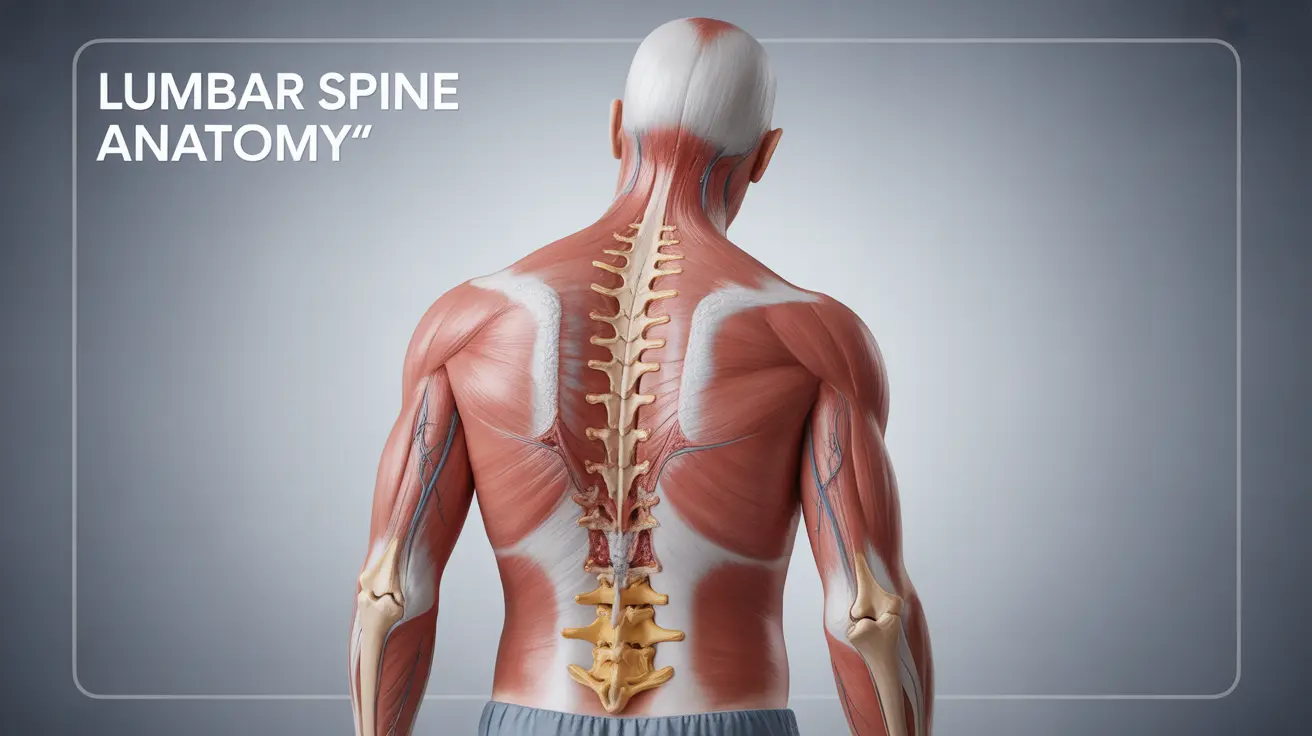Lower back pain is one of the most common health complaints, affecting millions of people worldwide. Whether you're experiencing a sudden sharp pain or a persistent dull ache, understanding the root cause of your lower back pain is crucial for finding effective relief and preventing future episodes.
This comprehensive guide explores the various causes of lower back pain, helps you identify warning signs, and provides evidence-based solutions for managing your symptoms effectively.
Common Causes of Lower Back Pain
Lower back pain can stem from various sources, and the underlying cause often varies depending on your age, lifestyle, and overall health condition.
Muscle and Ligament Strains
The most frequent cause of lower back pain is muscle or ligament strain, typically resulting from improper lifting techniques, sudden movements, or poor posture. These strains can cause muscle spasms and make it difficult to move without discomfort.
Structural Issues
Structural problems in the spine can lead to persistent lower back pain. These may include:
- Herniated or bulging discs
- Spinal stenosis (narrowing of the spinal canal)
- Degenerative disc disease
- Spondylolisthesis (vertebral slippage)
Age-Related Changes
As we age, our spine naturally undergoes changes that can contribute to lower back pain:
- Disc degeneration
- Arthritis in the spine
- Loss of bone density
- Reduced muscle elasticity
Identifying Serious Conditions
While most lower back pain is mechanical in nature, certain symptoms may indicate a more serious condition requiring immediate medical attention:
Red Flag Symptoms
- Severe pain that doesn't improve with rest
- Leg weakness or numbness
- Loss of bladder or bowel control
- Fever accompanying back pain
- Unexplained weight loss
Non-Spinal Causes of Lower Back Pain
Sometimes, lower back pain may originate from conditions unrelated to the spine itself:
- Kidney stones or infections
- Endometriosis
- Fibromyalgia
- Pregnancy
- Certain gastrointestinal conditions
Effective Home Treatment Options
For mild to moderate lower back pain, several home remedies can provide relief:
Immediate Relief Measures
- Ice therapy for the first 24-48 hours
- Heat therapy after initial inflammation subsides
- Over-the-counter pain medications
- Gentle stretching exercises
Long-Term Management
To prevent recurring episodes and maintain back health:
- Regular exercise focusing on core strength
- Proper posture maintenance
- Ergonomic workplace setup
- Stress management techniques
Frequently Asked Questions
What are the most common causes of lower back pain and how do they vary by age?
In younger adults, lower back pain typically results from muscle strains, poor posture, or injury. Middle-aged adults often experience pain due to disc problems or work-related strain, while older adults commonly face age-related conditions like arthritis or spinal stenosis.
How can I tell if my lower back pain is due to a muscle strain or a more serious condition?
Muscle strains typically cause localized pain that worsens with movement and improves with rest. More serious conditions often involve radiating pain, numbness, or tingling in the legs, and may not improve with standard rest and home care measures.
When should I seek medical attention for lower back pain?
Seek immediate medical care if you experience severe pain, leg weakness, loss of bladder/bowel control, fever, or if pain persists despite two weeks of home treatment. These symptoms may indicate serious conditions requiring professional evaluation.
What are the best home treatments and exercises to relieve mild to moderate lower back pain?
Effective home treatments include gentle stretching, walking, applying ice/heat, and over-the-counter pain relievers. Low-impact exercises like swimming, yoga, and core-strengthening activities can help prevent future episodes.
Can conditions unrelated to the spine cause lower back pain?
Yes, various non-spinal conditions can cause lower back pain, including kidney problems, reproductive organ issues, fibromyalgia, and certain gastrointestinal disorders. This is why proper medical evaluation is important for persistent or unusual back pain.




